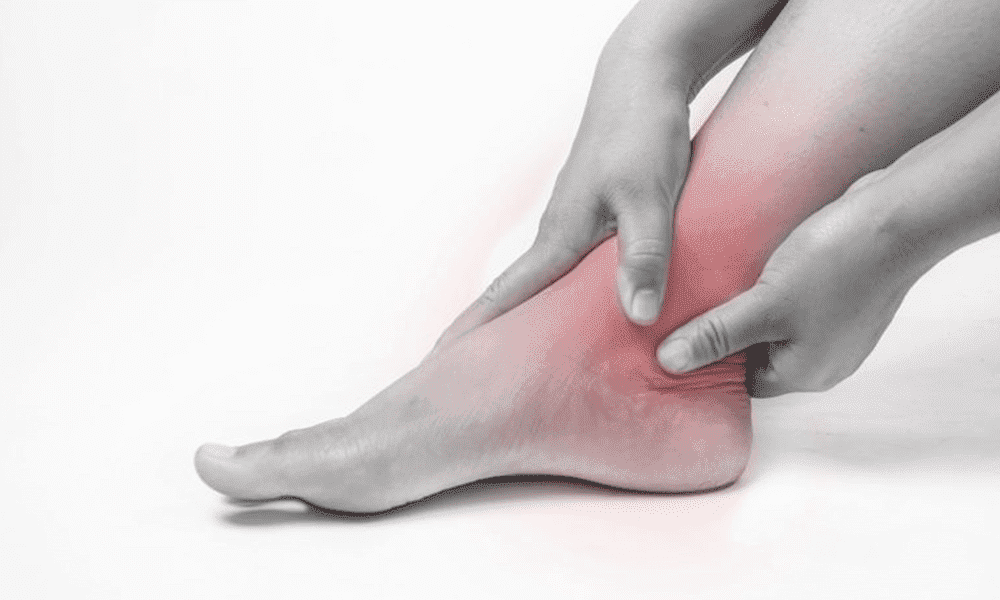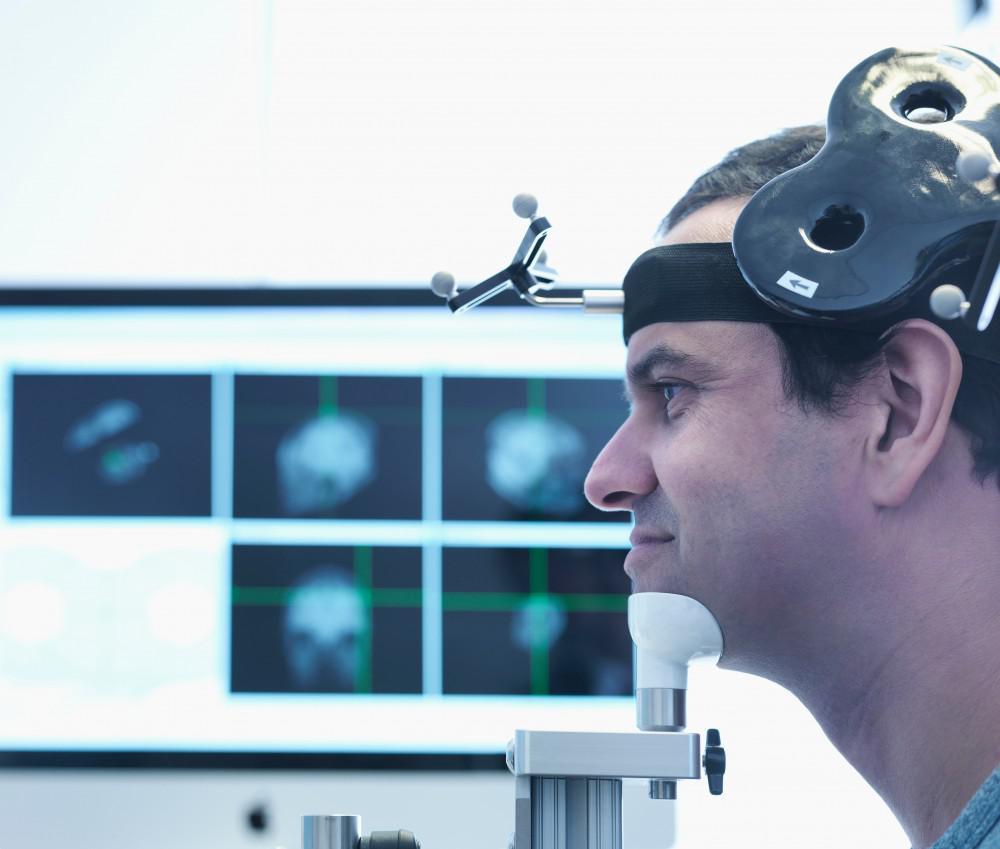Understanding Your Treatment Options for Herniated Disc Pain Millions of Americans are affected by herniated disc pain every year. If you’re one of them, these treatment options could help you feel better — and prevent more serious problems. Feb 1st, 2023
Learn more about TMS and Ketamine Treatments.
5 Signs of an Ankle Sprain

Did you know that 25,000 Americans sprain their ankle each day? On top of that, sprained ankles send more than 1 million people to emergency rooms each year.
What makes these injuries so widespread is how easily they can occur. In fact, even landing a step wrong can result in overstretching the ligaments holding your ankle joint in place. And, once you injure your ankle, it becomes increasingly more likely for re-injury in the future.
Fortunately, Dr. Mikael Sarij can help you diagnose and treat your sprain so you can heal fully and avoid recurring problems in the future. At Integrated Spine And Pain Care, Dr. Sarij relies on the most advanced treatments, including regenerative therapies to repair tissue damage.
Dr. Sarij shared these common signs of an ankle sprain and why to seek medical care for this type of injury.
1. Pain
Our bodies usually provide one very clear sign when there’s a problem: pain.
With a sprained ankle, you usually experience pain or tenderness in the area of the ankle with damage. For example, when you sprain your deltoid ligament, you often have symptoms on the inside of your ankle. It’s also common to feel pain when touching the injury or trying to put weight on the injured foot.
In most cases, pain or tenderness from an ankle sprain occurs suddenly and feels sharp, and it typically worsens when bearing weight. It can also vary in severity depending on the extent of tissue damage.
2. Swelling
A sprained ankle occurs when you damage the strong ligaments supporting your ankle joint. With many sprains, this type of tissue injury causes the ankle to swell and even bruise almost immediately. And, similar to the pain you experience from a sprain, you can usually expect swelling or discoloration in the specific area where the tissue damage occurred.
You can also safely assume that the more pain and swelling, the more severe the injury.
3. Reduced range of motion
You can sustain an ankle sprain several ways, but they typically result from turning your foot too far inward. This unnatural movement forces the ligaments on the outside of your ankle to overstretch or tear.
When you severely sprain your ankle, you can damage the ligaments so badly, you can’t even bend, flex, or turn your foot. The severity of these injuries can also make it difficult or impossible to perform any weight-bearing activity, like walking or standing.
4. Ongoing instability
Unfortunately, ankle sprains can cause ongoing problems when they cause severe ligament damage. When this occurs, you usually feel instability or a wobbly sensation in the ankle. This common problem develops because your ankle ligaments provide stability and prevent too much movement in the joint.
If stretched, torn, or severely damaged, the ligaments can no longer provide optimal joint stabilization.
5. A pop
Did you hear or feel a pop when you hurt your ankle? It’s very likely that you sprained or tore a ligament.
In severe sprains, it’s also common to have pain so sudden and severe that you have to stop whatever you’re doing immediately.
Effective sprained ankle treatments
Unfortunately, spraining your ankle once increases your chance of re-injury in the future, especially if you experienced severe damage to the tendon. As a result, you should contact Dr. Sarij to determine the best strategy for recovering and preventing re-injury, even if the injury seems minor.
Once Dr. Sarij determines the severity of your sprain, he creates a personalized treatment strategy that could include:
- Rest, Ice, Compression, and Elevation, also known as the RICE protocol
- Immobilization
- Personalized exercise program
- Regenerative treatments, like platelet-rich plasma (PRP) or stem cell therapy
For severe ankle sprains or injuries that don’t respond to conservative treatments, Dr. Sarij could also refer you to a surgical specialist to repair or reconstruct the damaged ligament.
No matter which treatment you need, Dr. Sarij also helps you take proper steps when returning to your active lifestyle to avoid re-injury in the future.
Don’t ignore a sprained ankle. Get expert care for your injury by calling one of our convenient New York locations in Farmingdale, Deer Park, or Long Island, or by booking an appointment online today.
You Might Also Enjoy...
Stem Cell Therapy: An Innovative Way to Treat a Variety of Issues Your body possesses some amazing healing powers. Think about how quickly a paper cut heals. What if that power could be harnessed and directed? Stem cell therapy does just that. Jan 11th, 2023
Why Wait Until the New Year? 5 Good Reasons to Start Your Medical Weight Loss Program Now With medical weight loss support, you can achieve lasting, healthy weight loss. Why wait to get started? Here’s what you need to know about starting your weight loss journey now. Dec 1st, 2022
Use of Ketamine for Pain Management in Hospice Care Pain management is a vital part of supportive care in hospice. Ketamine is a novel option that can be used alone or in combination with opioids to keep patients who are experiencing refractory pain comfortable. Nov 2nd, 2022
What Is Transcranial Magnetic Stimulation and What Does It Treat? Transcranial magnetic stimulation (TMS) is changing the game in treating mental illness, chronic pain, and more. If you or someone you care about lives with a treatment-resistant condition, you should know about this option. Oct 10th, 2022
If You're Living With Fibromyalgia Pain, Ketamine Can Help The symptoms of fibromyalgia can be so widespread that they affect you daily. If you’re ready to find some relief — especially if other treatments have failed — it may be time to consider ketamine infusions. Sep 1st, 2022
Powered by CRAMMAZE







